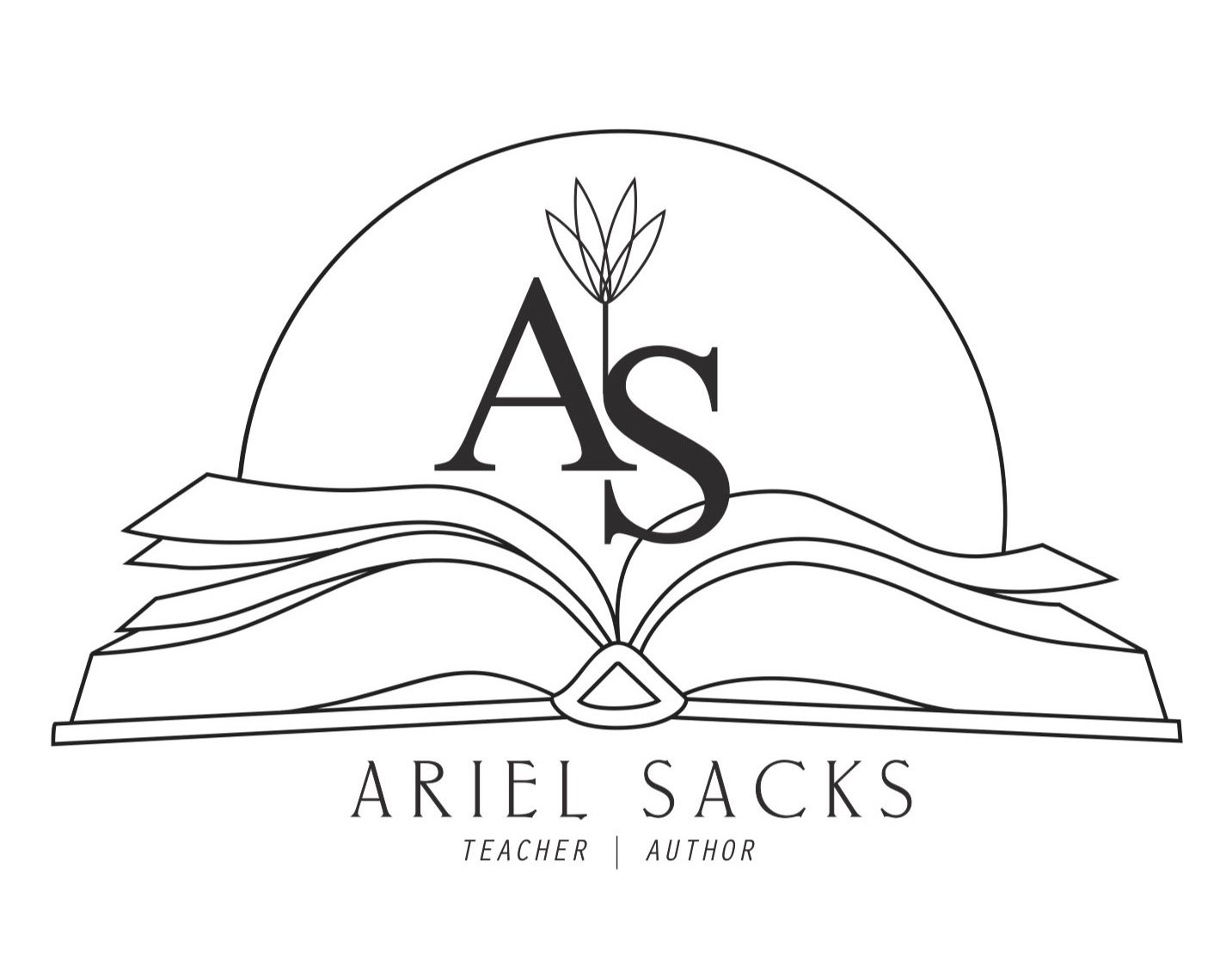I met Jill Barnes through #ELAChat on Twitter, where folks were reading and discussing Whole Novels for the Whole Class back in November. Now that some time has passed, Jill has been piloting the method and merging it with elements of several fantastic other professional development books. Join #ELAChat and #WholeNovels to join the conversation and learn from innovative teacher like Jill. --Ariel
By Jill Barnes @Jillgrafton
To say I have been on a learning journey is an understatement.
It all started with Donalyn Miller’s “The Book Whisperer.” Her book helped me understand the importance of student choice in the classroom. I jumped from “The Book Whisperer” to Kylene Beer’s “Notice and Note.” Kylene’s book guided me through the signs and signposts found in many of the novels I use from year to year. Following “Notice and Note” I stumbled upon Kelly Gallagher’s “Readicide” which opened my eyes to how many teachers are killing the love of reading for students by over teaching novels.
Just when I thought my journey needed a break I heard rumblings on Twitter of Ariel Sacks’ “Whole Novels.” Boy did my journey take another unexpected turn!
I will be the first to admit I have had full control over teacher led discussions around class novels for many years. I have spent hours coming up with questions for students to answer before, during, and after reading. I was the master of my students’ reading experiences—taking them on a journey I had crafted.
As I read “Whole Novels” I was drawn to Ariel’s fresh approach of having students respond authentically to reading. I realized it was no coincidence her book was the last on my reading frenzy—it all came together for me as I reflected on her ideas of student notes on post its and student led discussions right before my classes jumped into Lois Lowry’s “The Giver.”
From “Whole Novels” my mind shifted around authentic note taking as students read at their own pace. I could clear a path for my students’ learning by introducing Ariel’s formats for structured notes but at the same time allow for students to find their own way to the end of that path. In other words, I could let go of controlling the reading and thinking of my students.
Many pieces of the “Whole Novel” approach have worked well for my students’ needs since I introduced the method.
Students love note taking on post its! Their enthusiasm bubbles as they take control over authentic responses to the reading. Students move seamlessly between Ariel’s suggested format note taking options and Kylene Beers’ signs and signposts from “Notice and Note.” In the eyes of the students both methods help them make sense of their reading at their own pace.
In addition, student led discussions are a huge hit! I have adjusted the format a bit from Ariel’s method.
I divide my class in half and have an inner and outer circle. The inner circle uses their student note post its as guides for their discussions—referencing page numbers and evidence as they talk. The outer circle listens to the inner circle and takes notes on post its from the discussion—and then they switch roles-with the outer circle becoming the inner and vice versa. It has been interesting to see how the students use their post it notes as springboards for higher level discussions and thought provoking questions.
The student led discussions take on many layers using authentic notes and responses. I take a backseat to the discussions and let the students lead the way! Of course there are times I need to interject—making sure the same students are not taking over the discussion and helping everyone find their voice.
I have added a level of blended learning to Ariel’s “Whole Novel” approach. My students use kidblog.org and blog about their reading on a weekly basis from home. Using the hashtag #comments4kids I tweet student blog links to a global audience and we have visitors and comments from around the world. Feel free to check us out and comment at http://kidblog.org/BarnesA2-2013/ and http://kidblog.org/BarnesA4-2013/
Ariel’s “Whole Novel” approach continues to be a success as students take part in authentic note taking, authentic student led discussions, and capture an authentic global audience along the way!
